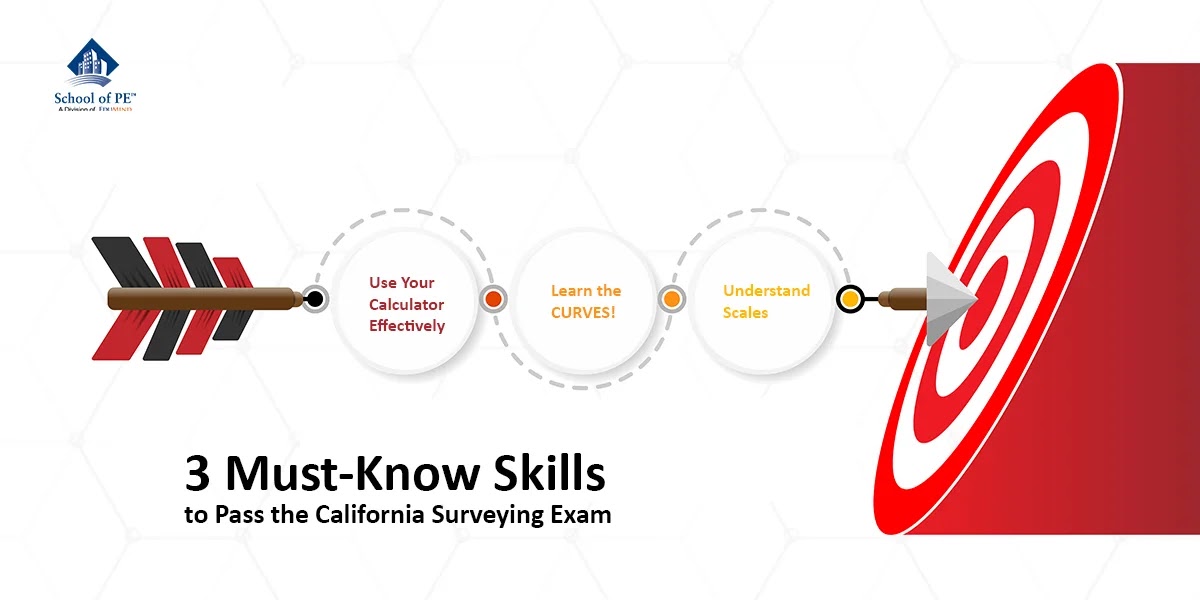I've heard ductility referred to as the "secret sauce of seismic engineering," and I think that's truly the perfect way to describe it. But maybe you've heard this before and don't know why or how it is true? I hope this blog can shed some light on that for you.
Ductility is technically defined as the "ability to withstand cyclic deformations," and as such is not directly related to flexibility or stiffness. Flexibility and stiffness are measurements of how far an element will deflect under a given force, whereas ductility is more about how the element will deflect, especially at yielding and beyond. In the simplest of terms, a ductile structure will bend and not break, which greatly reduces the risk of a catastrophic failure.
As an example, consider an unreinforced masonry shear wall, which will crack and fail in a brittle manner during an earthquake, compared to a steel moment frame which, ideally, will sustain large deflections, deform elastically, and resist collapse during the seismic event.
A book by Mario Salvadori titled Why Buildings Stand Up does a great job of illustrating the concept of ductility, so I'll borrow from him here. Salvadori writes of ductile materials, "materials that behave elastically under relatively small loads and plastically under higher loads do not reach their breaking point suddenly. Once they stop behaving elastically, they keep stretching (or shortening) under increasing loads until they continue to so even without an increase in loads. Only then they fail. If a steel wire is weighted heavily enough, it will keep stretching or yielding under a constant load. It thus gives warning of its impending failure."
If you reread that last paragraph, while visualizing the stress-strain curve of steel, you can see the great impact of ductility and how it can increase the resiliency of our structures. Salvadori explains that by bending without breaking, ductile materials give a "warning" that they're going to fail, as opposed to brittle structures that fail with no warning and often in a catastrophic manner. This allows for the safe evacuation of occupants which is ultimately the goal of our structures in seismic regions.
This, of course, causes me to reflect on the limit state to which we design our structures: life safety. There are technically four limit states, listed here with increasing damage: operational (no damage), immediate occupancy, life safety, and collapse prevention. By choosing "life safety" as the industry standard, we are agreeing to design to a standard in which damage can occur, but only to the extent in which occupants will be able to evacuate safely. If construction in seismic regions were done with more brittle materials, this standard would not be able to be achieved, as the failure would be sudden, with no warning. By using ductile materials, we are given warning, and can accept a lower limit state without worrying about a sudden, dangerous, and potentially deadly collapse.
I hope that this has provided some insight into the importance of ductility outside of just the numbers and the code. The materials we choose to design with, and the way our structural connections are detailed, can make all the difference in the success of our buildings and the safety of their occupants during and after a seismic event.
Salvadori, Mario. Why Buildings Stand up: the Strength of Architecture. W.W. Norton, 2002.
About the Author: Erin E. Kelly
Ms. Kelly is an experienced structural engineer with a focus on seismic risk. She has extensive experience in structural failure investigations, seismic structural design, and seismic risk assessments. Through the School of P.E., she has taught a 32-hour course for the California Seismic P.E. Exam, authored several blog posts, and contributed to other review products. She has a Bachelor of Science in Civil Engineering from Johns Hopkins University and a Masters of Engineering in Structural Engineering from Lehigh University.


